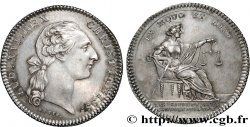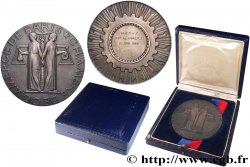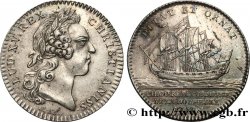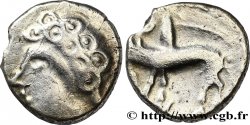Obverse
Obverse legend : DEPT DU NORD. VISITE. DE. LL. MM. II . 26-29 AOUT ; À L'EXERGUE : 1867.
Obverse description : Buste à gauche de Napoléon III signé C.CHAPLAIN.
Reverse
Reverse legend : CHAMBRE DE COMMERCE ; À L'EXERGUE : LILLE.
Reverse description : Minerve debout de face tenant un glaive baissé de la main droite. Signé A.BORREL.
Commentary
Historical background
CHAMBERS OF COMMERCE / CHAMBRES DE COMMERCE
The first chamber of commerce was that of Marseille, created at the end of the 16th century. For Paris, the six corps of merchants and the judge-consuls had a role similar to that of a chamber of commerce: an association of merchants gathered to deliberate on the interests of their city or region and to give their opinion to the government. Colbert legalizes them in 1664 by establishing that each place of commerce will choose two of them to represent them. However, the institution was not really established until the decision of the Council of August 30, 1701, and many chambers of commerce appeared in the 18th century in Lyon, Rouen, Toulouse, Montpellier, Bordeaux, etc. The most important of them is Marseilles which had attributions in all the trade of Levant and was of the department of Foreign Affairs, the others concerned the General control of Finances. Abolished by the Constituent Assembly in 1791, the chambers of commerce were re-established under the Consulate. Since 1832, their recruitment is done by elections, they have become chambers of commerce and industry since 1898, grouped into 21 regional chambers.









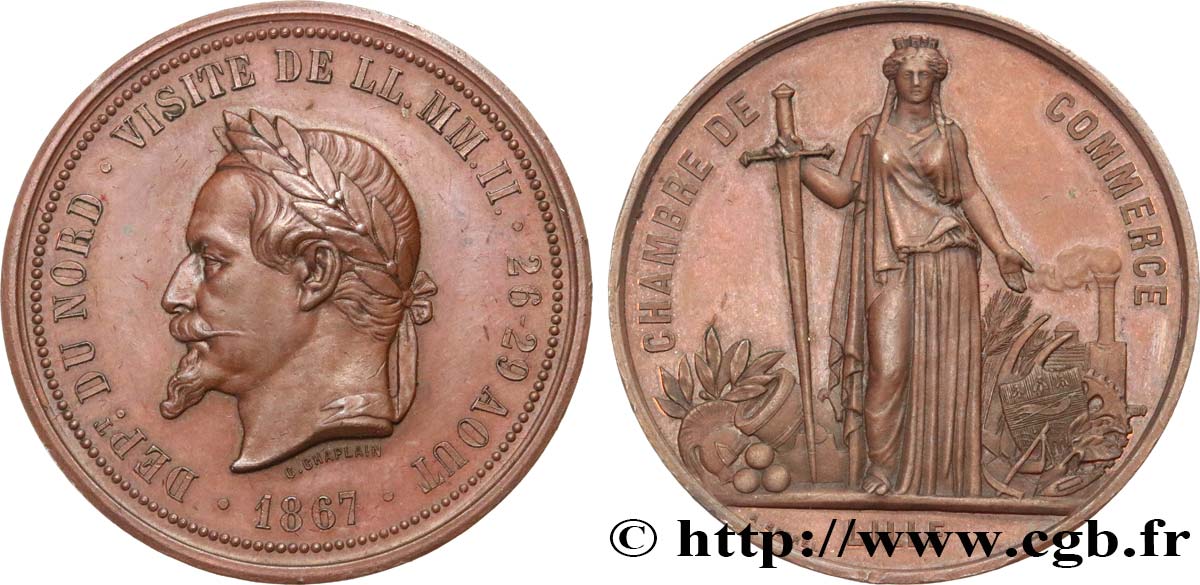
 Report a mistake
Report a mistake Print the page
Print the page Share my selection
Share my selection Ask a question
Ask a question Consign / sell
Consign / sell
 Full data
Full data